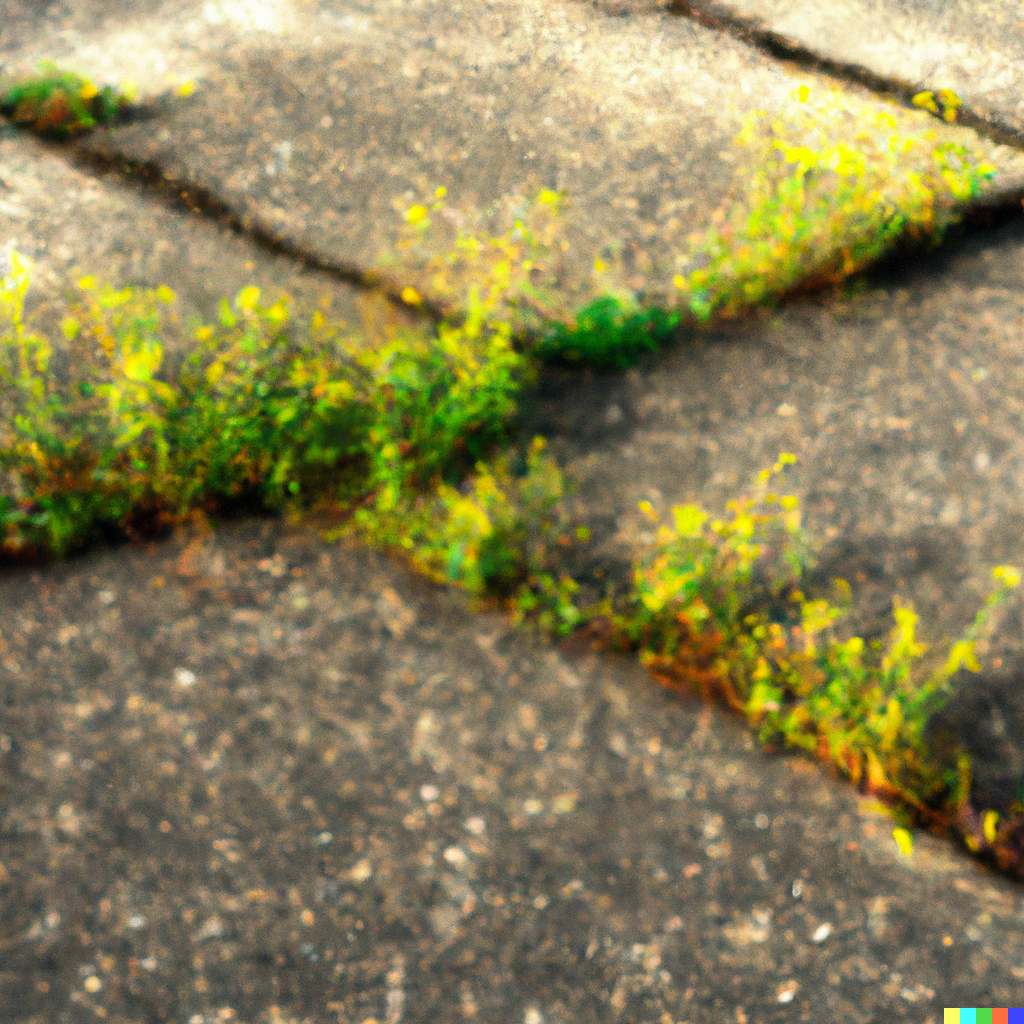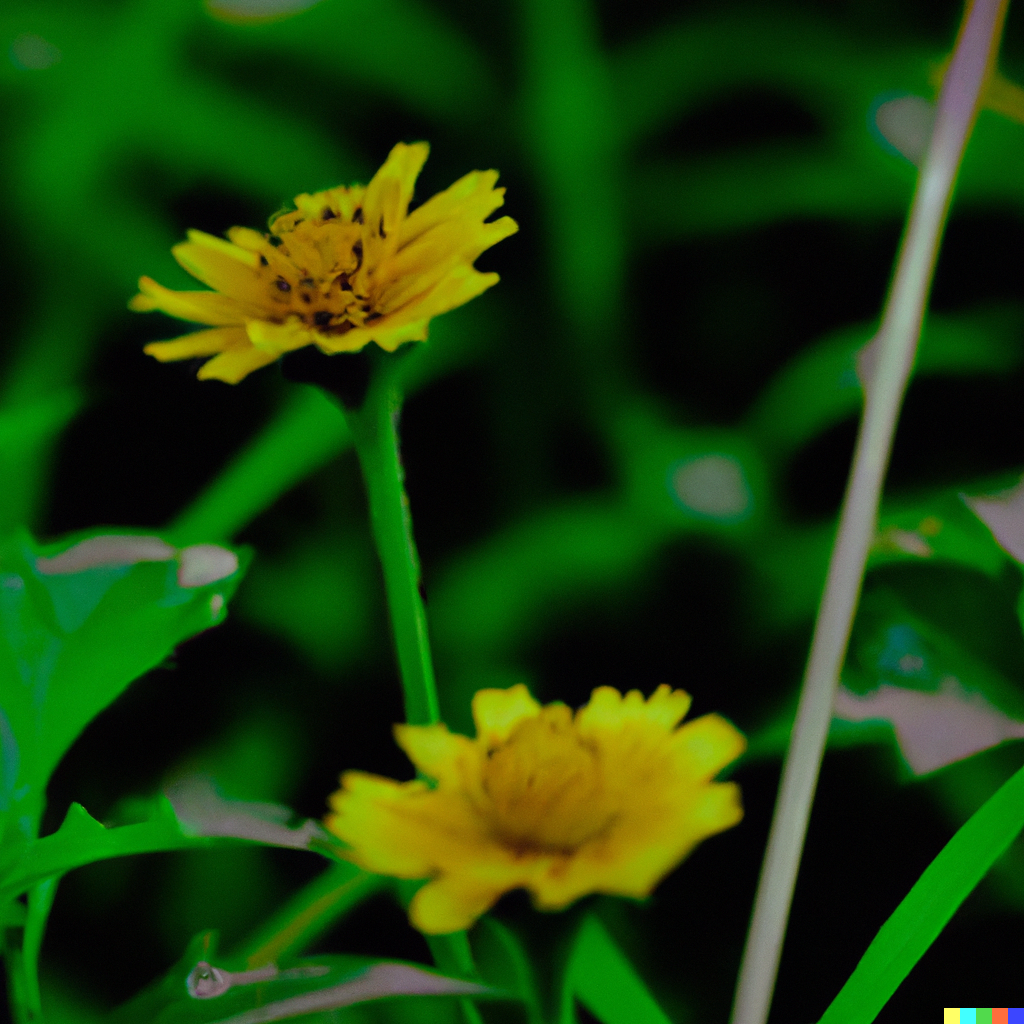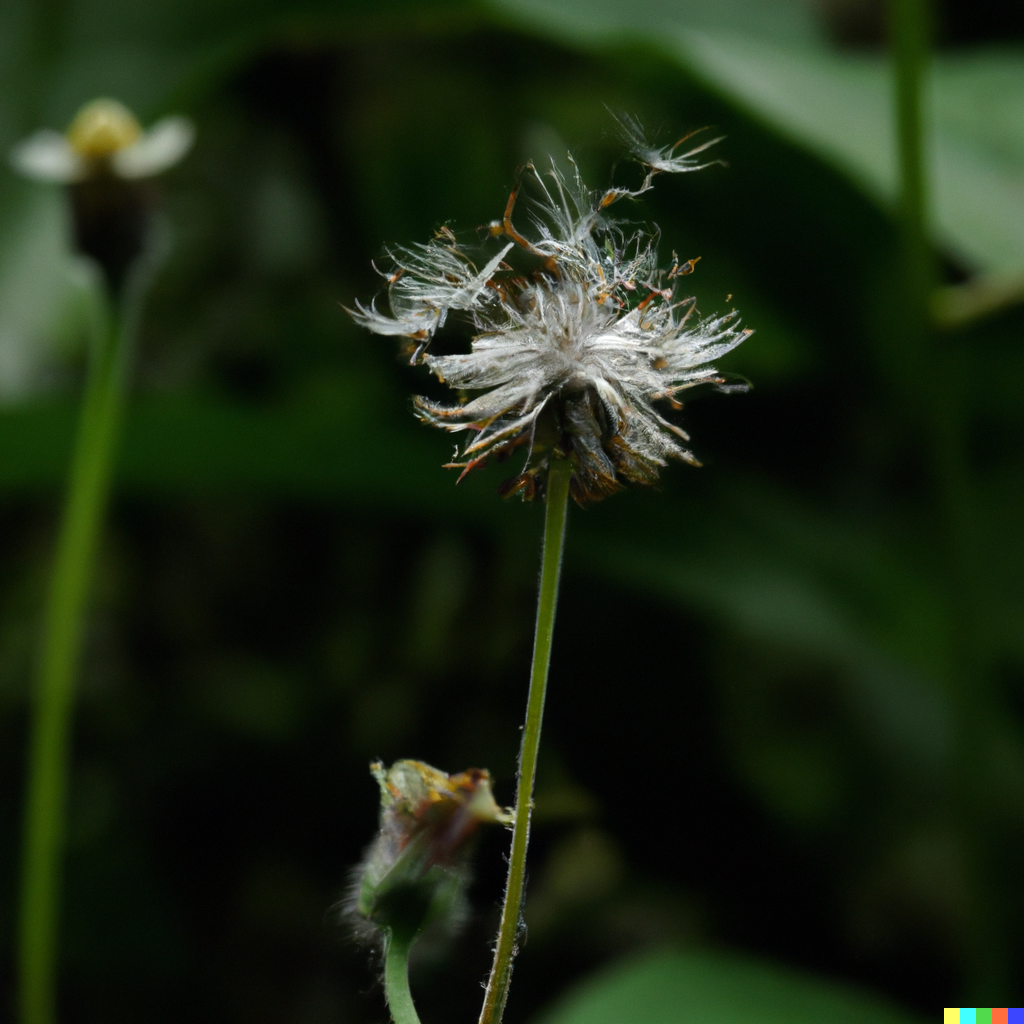Maintaining a lush and vibrant garden is every gardener’s dream, but pesky weeds can quickly turn that dream into a nightmare. In this guide, we’ll explore various methods to get rid of weeds, including eco-friendly options that you can implement at home. Additionally, we’ll delve into strategies to prevent weeds from making a comeback.
Understanding Weed Types
Before diving into weed control methods, it’s crucial to understand the types of weeds in your garden. Broadleaf weeds, grassy weeds, and sedges each require different approaches for effective control.



Eco-Friendly Weed Control Methods
1. Manual Removal (Pulling Weeds):
- The simplest and most eco-friendly method is to pull weeds by hand. Ensure you remove the entire root system to prevent regrowth.
- Tip: Do this after rain or watering when the soil is moist, making it easier to extract the entire plant.
2. Mulching:
- Mulching involves applying a layer of organic or inorganic material around plants to suppress weed growth.
- Why Mulching Prevents Weeds:
- Smothering Effect: Mulch creates a physical barrier, smothering weed seeds and preventing them from reaching the soil to germinate.
- Light Blockage: Mulch blocks sunlight from reaching weed seeds, hindering their ability to sprout and grow.
- Moisture Retention: By retaining moisture, mulch keeps the soil surface consistently damp, making it less hospitable for weed seed germination.
- Temperature Regulation: Mulch helps regulate soil temperature, creating conditions less favorable for weed growth.
- Tip: Mulching not only prevents weed growth but also retains soil moisture and regulates temperature.
3. Vinegar-Based Herbicides:
- Create a natural herbicide using vinegar, water, and a few drops of dish soap. Spray on weeds to kill them.
- Tip: Exercise caution with this method, as vinegar can also affect desired plants.
4. Boiling Water:
- Pour boiling water directly onto weeds. This scalds and kills the plant, providing a chemical-free solution.
- Tip: Be careful not to splash boiling water onto desirable plants.
5. Store-Bought Weed Remover:
- Store-bought weed removers, such as herbicides and weed control products, are convenient options available for those looking for quick and effective solutions.
- Types of Store-Bought Weed Removers:
- Pre-Emergent Herbicides: Applied before weed seeds germinate, preventing their growth.
- Post-Emergent Herbicides: Designed to kill existing weeds, applied after they have emerged.
- Selective Herbicides: Target specific types of weeds while leaving desirable plants unharmed.
- Non-Selective Herbicides: Kill a broad spectrum of plants, both weeds and desirable ones.
- How to Use Store-Bought Weed Removers:
- Follow Instructions: Carefully read and follow the manufacturer’s instructions on the product label.
- Safety Precautions: Wear appropriate protective gear, such as gloves and eye protection, when applying chemical weed removers.
- Application Timing: Apply herbicides during calm weather conditions to prevent drift and ensure optimal effectiveness.
- Considerations:
- Environmental Impact: Some store-bought weed removers may have environmental implications. Consider eco-friendly options if minimizing environmental impact is a priority.
- Persistence: Persistent herbicides may remain in the soil for an extended period, affecting future plant growth. Choose products based on your long-term gardening goals.
- Tip: Use store-bought weed removers as a supplement to other eco-friendly methods, not as a sole solution. Integrate them into your overall weed control strategy for targeted and effective results.
Preventing Weed Recurrence
1. Proper Mulching Techniques:
- Maintain a consistent layer of mulch to prevent sunlight from reaching weed seeds, inhibiting their germination.
- Tip: Replenish mulch as needed to ensure ongoing weed suppression.
2. Regular Weeding Routine:
- Implementing a regular weeding routine is a fundamental aspect of maintaining a weed-free garden. A good routine involves consistent efforts to keep weed growth in check.
- What Does a Good Routine Look Like?
- Frequency: A successful weeding routine is characterized by regularity. Aim to weed at least once every two weeks, if not more frequently during peak growing seasons.
- Thoroughness: Take the time to inspect your garden thoroughly. Weeding is not just about removing visible weeds but also addressing potential weed seedlings before they become a problem.
- Use the Right Tools: Invest in quality weeding tools such as hand weeders, hoes, or cultivators to make the task more efficient. Choose tools that suit your gardening style and the type of weeds you encounter.
- When to Weed:
- After Rain or Watering: Weeding is most effective when the soil is moist. After rain or watering, the soil is softer, making it easier to pull out entire weed plants, including their roots.
- Before Seed Formation: It’s crucial to weed before weeds go to seed to prevent future weed issues. Removing weeds before they produce seeds helps break the weed life cycle.
- Seasonal Considerations:
- Spring and Fall: Weeding demands often increase during these seasons. Spring is when many weeds germinate, and fall is a crucial time to address late-season growth before winter.
- Tip: Consider incorporating weeding into your gardening routine. Whether you do it every two weeks or more frequently, the key is consistency. A little effort frequently can save you from a major cleanup later.
3. Cover Crop Planting:
- Cover crops involve planting specific crops during periods when the main garden space is not in use for cultivation.
- How Cover Crops Prevent Weeds:
- Resource Competition: Cover crops like clover or buckwheat grow quickly and densely, competing with weeds for sunlight, water, and nutrients.
- Weed Suppression: The dense foliage of cover crops shades the soil, preventing weed seeds from receiving the sunlight they need to germinate.
- Soil Improvement: Cover crops, when eventually turned into the soil, enhance its structure and fertility, creating an environment less conducive to weed growth.
- When to Plant Cover Crops:
- Off-Season Planting: Cover crops are typically planted during periods when the main garden is fallow, such as late fall or early spring.
- Crop Rotation: Rotate cover crops based on the season to address specific soil needs and maximize weed control.
- Choosing the Right Cover Crop:
- Clover: Nitrogen-fixing properties improve soil fertility.
- Buckwheat: Fast-growing with dense foliage, effective for weed suppression.
- Winter Rye: Provides excellent coverage during the winter months.
- Tip: Ensure you turn the cover crops into the soil before they go to seed to prevent unintended growth and potential weed issues.
Cover crops not only act as a natural weed suppressant but also contribute to overall soil health, making them a valuable addition to your weed control and gardening strategy. Experiment with different cover crops based on your specific gardening needs and the growing seasons in your region. Happy gardening!
